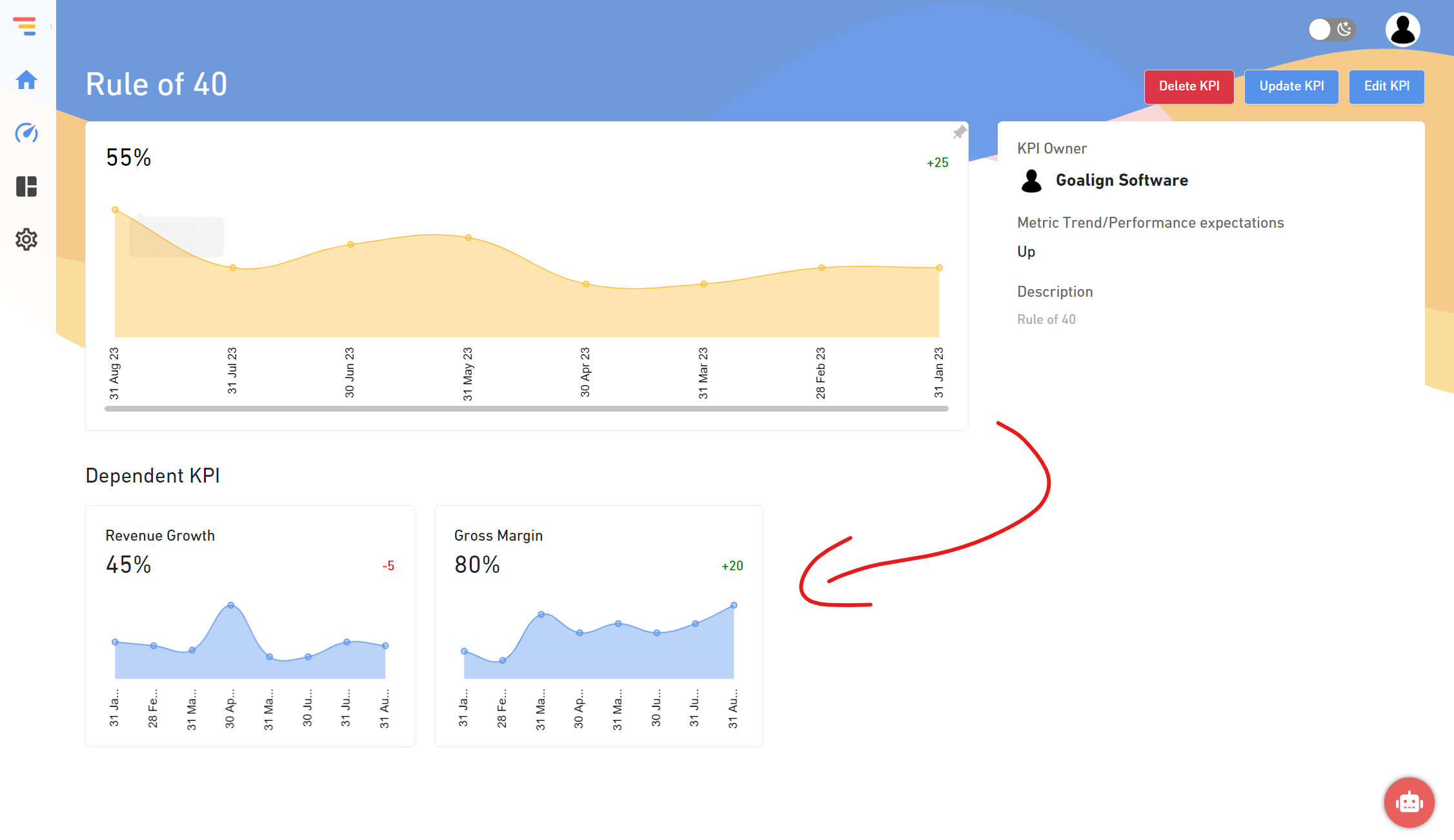What is OKR?
The Objectives and Key Results (OKR) method is a prominent goal-setting strategy that helps businesses define and implement plans. The framework has several benefits, including a sharper emphasis on important objectives, better openness, and improved (strategic) alignment. OKR does this by focusing people’s efforts around common goals.
An OKR comprises an Objective that explains where you want to go and a set of Key Results that demonstrate how you’ll get there. All of the programs and actions that will assist you in achieving your Key Results are referred to as initiatives.
The framework contains a set of guidelines that workers may use to prioritize, align, and track the results of their activities. OKR assists firms in bridging the gap between strategy and execution, allowing them to shift from an output-based to an outcome-based work style.
5 Ways to Successfully Implement OKRs
1. Setting of OKRs:
Your OKRs must be written, explicit, and unambiguous to achieve synchronization. The attainment of OKRs will be hampered by anything that causes misunderstanding. OKRs should be quantifiable, adaptable, and transparent and should be neither too simple nor too difficult to attain.
Take into account previous performance and industry trends:
Setting OKRs should take into account the employee’s previous performance. A problematic goal will demotivate them, whilst a simple plan will not encourage them to achieve at their best. Similarly, researching industry trends may assist you in determining which critical areas to concentrate on. In the age of mobile phones, you can’t expect significant growth in the sale of landlines.
2. Track The Progress Of OKRs:
After establishing your OKRs, the following step is to ensure that everyone follows them. It is critical to hold team meetings and interactions to discuss these OKRs to achieve this. Employees who work in teams may meet daily or alternately, while those who work alone may present a weekly or fortnightly progress report. Monthly or quarterly interdepartmental progress sessions are also possible.
Furthermore, even when portions of the task are done separately, such as in marketing, having such team talks and meetings stimulates communication and information exchange strategies among employees and creates a good communication atmosphere.
3. Establish low-risk communication to increase OKR participation
Employees require a secure, private environment where they can discuss their job and have open dialogues with their coworkers (don’t kill the messenger!).
The system fails when team members are unable to offer an honest assessment of KR progress. Labelling goals as ‘At Risk,’ for example, cause genuine concern…
However, by taking a collaborative approach and allowing employees to provide continuous input on OKRs as work progresses, you may get a far greater feel of what’s going on in the trenches that higher-ups aren’t aware of. Weekly status updates become a crucial resource in this situation. By incorporating OKR ratings into a continuous operating cadence, teams will discover difficulties early on, allowing them to course-correct before a problem arises.
4. Demonstrate to employees the significance of their effort
Employees are more likely to engage with their job when they understand their function and its relation to the organization’s goals. When specific OKR owners report on progress without thanking or honouring team members’ work, problems develop.
Even the best-designed OKRs will fail if contributors don’t believe their contributions and efforts value the project. OKRs are valuable for identifying issues, but they’re also essential for recognizing and rewarding success. Allow team members to reflect on and comment on each other’s progress. As people cooperate around goals and witness the consequences of their work, open communication will give each contributor a feeling of purpose.
5. Accessible OKR systems should be implemented
Easy-to-use and straightforward OKRs are the most effective. Teams will connect and progress toward their objectives if everyone has visibility, can hop in, see updates, and receive valuable input quickly.
When OKRs aren’t in sync with everyday tasks, they’re doomed to fail. Spreadsheets become buried in email channels, and input is lost. KR’s development might be disrupted or derailed by even the little bump on the road. Suppose team members value the OKR framework for its capacity to assist them in solving problems, holding productive meetings, and improving their workflow. In that case, it will become an integral part of their day.
Review The OKRs:
Being obstinate with your OKRs in today’s dynamic environment, with a quickly changing economy, ongoing improvisation and invention, and changing customer behaviour, may be more harmful than beneficial. As a result, it’s critical to examine task progress and the OKRs themselves periodically.
Furthermore, most businesses, particularly start-ups, experiment with their OKRs. If your organization’s OKRs have lengthier durations, specific changes have likely occurred, necessitating a revision in the works. Modify your OKRs if you notice something isn’t functioning or if you see a modification that would boost productivity.
You can examine the success of a specific person, team, firm, and even industry trends when you analyze your OKRs. You may also set more competitive OKRs by comparing yourself to a comparable firm.
OKR And Performance Management:
Most organizations that use the OKR system have reported benefits in the areas of prioritization, planning, and focus by establishing clear priorities, assisting teams in determining what to work on and what not to work on, implementing changes if the current action plan does not contribute to the OKRs, and remaining focused on one or more objectives.
Following the OKR method has similarly aided organizations in establishing a measuring and accountability environment that helps them remain on course by setting checkpoints.
Organizations have also noticed a paradigm change in which workers don’t just follow orders but also consider their actions’ reason and consequence. Employees will have a greater sense of autonomy, flexibility, and creativity as a result of this, leading to higher job satisfaction.
Conclusion:
Your OKR rollout will be successful. Your organization will reap the benefits of consistent goal achievement if you know how to implement effective OKRs—by collaborating with all team members, simplifying procedures, providing helpful feedback, and creating a safe environment for employees to assess progress honestly.






